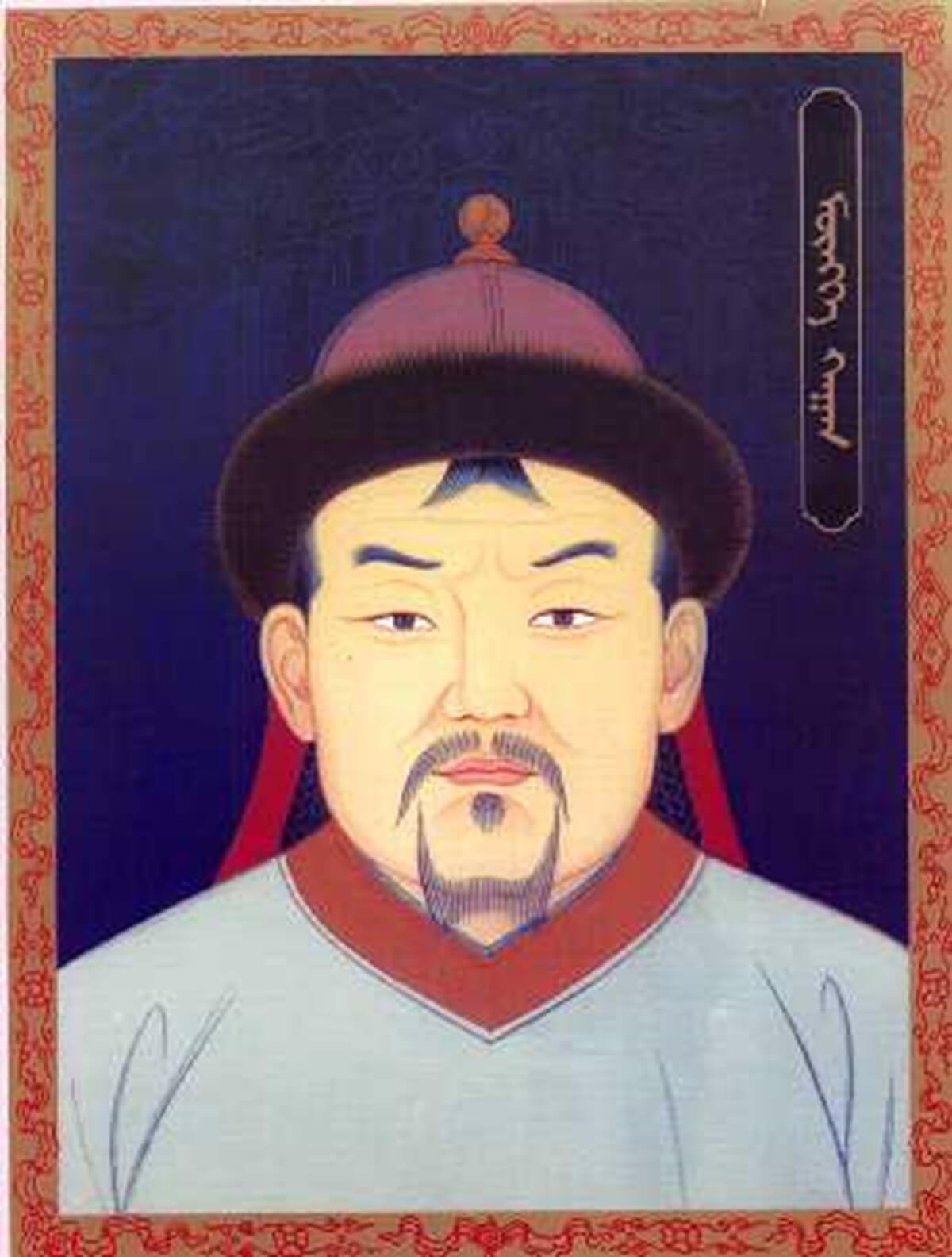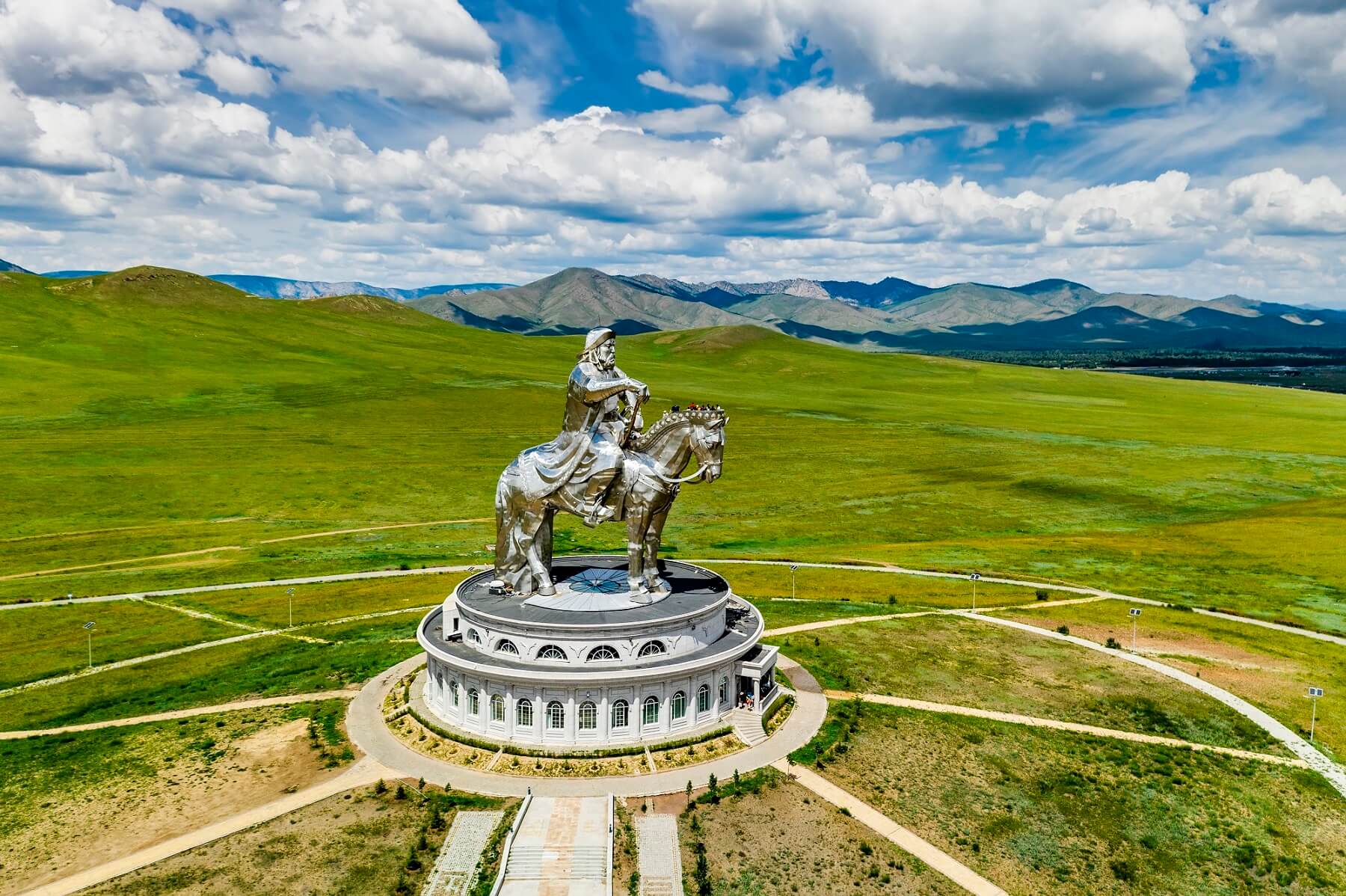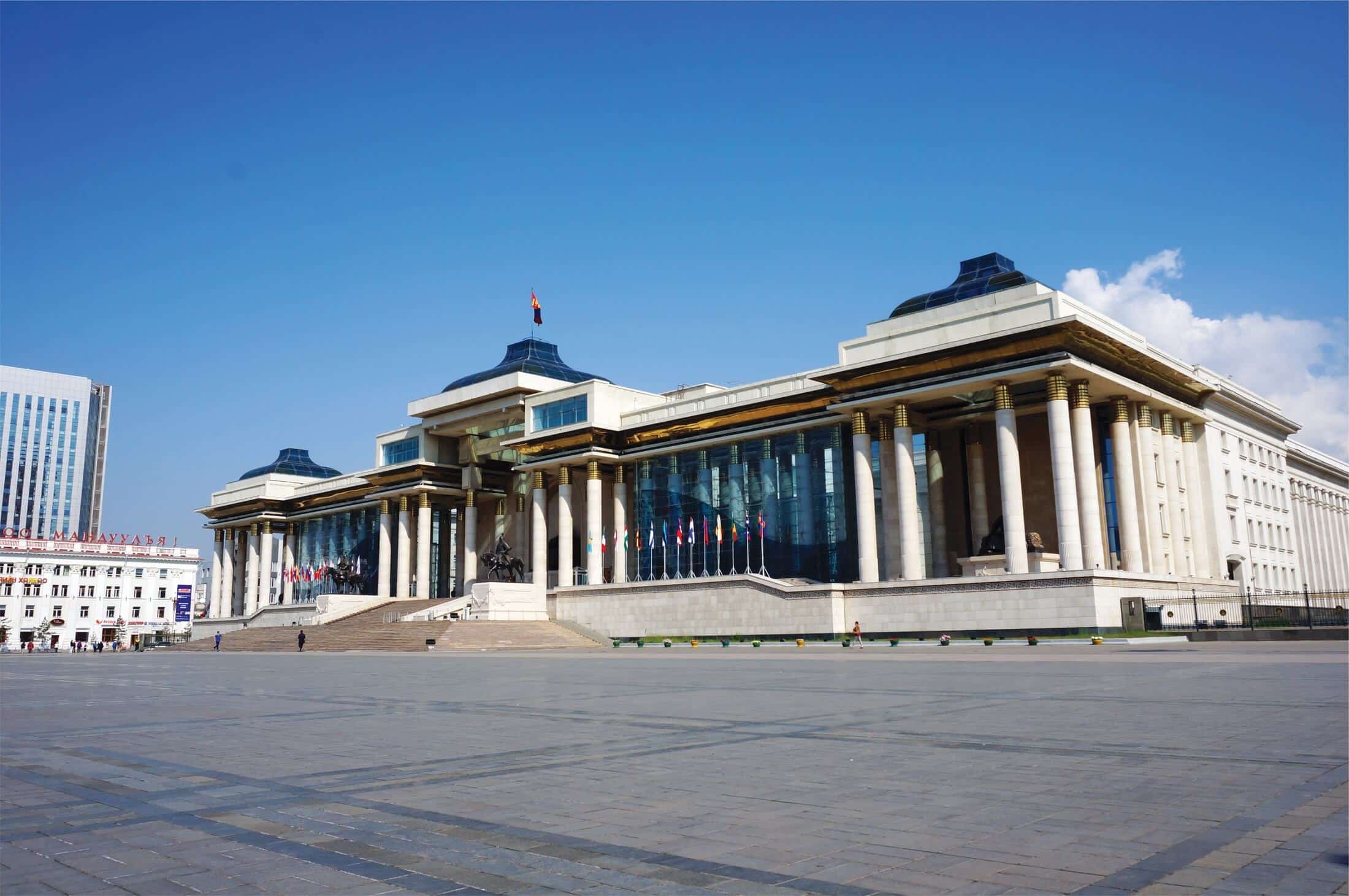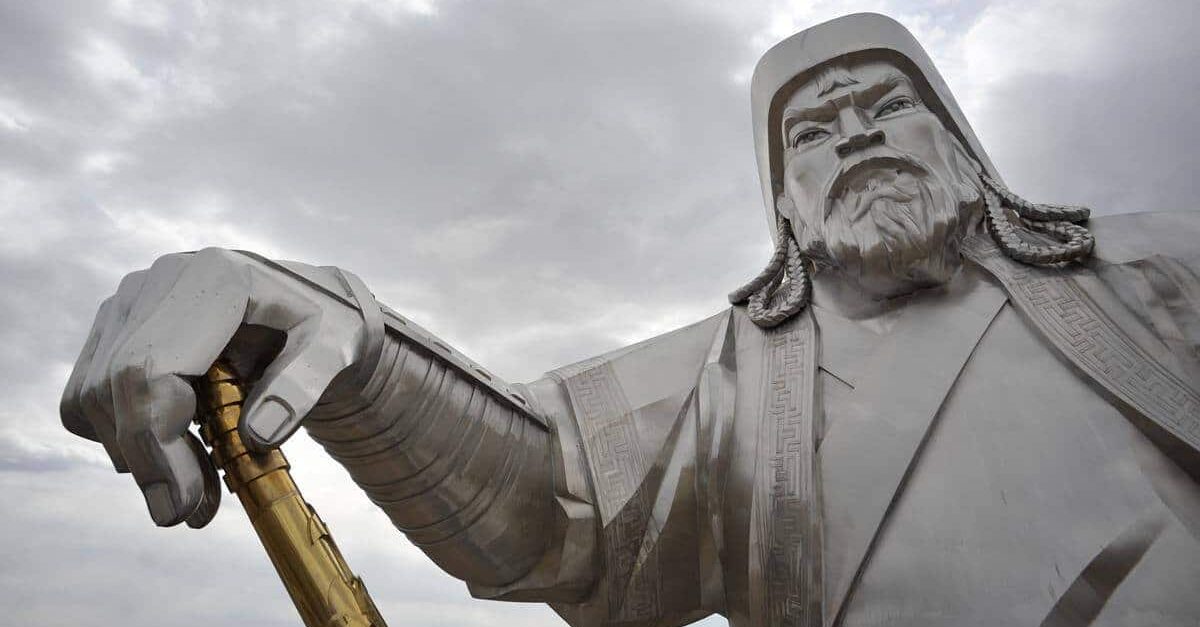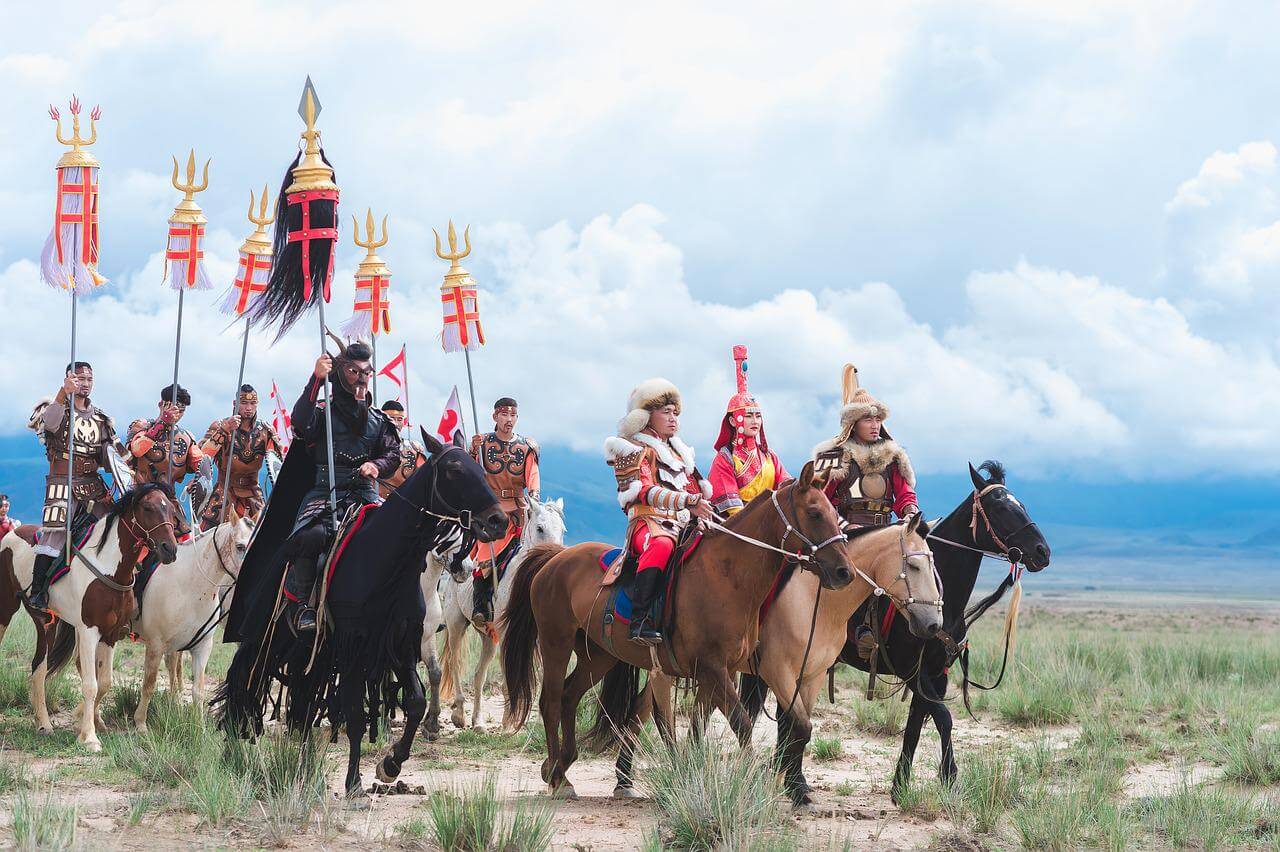What happened after the death of Genghis khan? – When Genghis Khan passed away, things started to shift a lot in the Mongol Empire.
A bunch of important stuff happened that really shaped how things went from then on. Genghis Khan, the renowned Mongol leader, passed away in 1227.
His death signaled the end of a big chapter in history and caused the huge empire he created to break into pieces. Here’s what happened next in a simple and human-friendly manner.
Successors to Genghis Khan
At the time of Genghis Khan’s passing, his empire was massive, spanning all the way from the Pacific Ocean to the Caspian Sea.
His leadership had brought the Mongol people together like never before. But upon his death, his sons and grandsons faced a choice: who would lead the empire next?
Genghis Khan’s family chose to carry on his legacy and make the empire even bigger. His grandson Kublai Khan, in particular, is well-known.
Later on, he set up something called the Yuan Dynasty in China, and he became a really powerful and important leader.
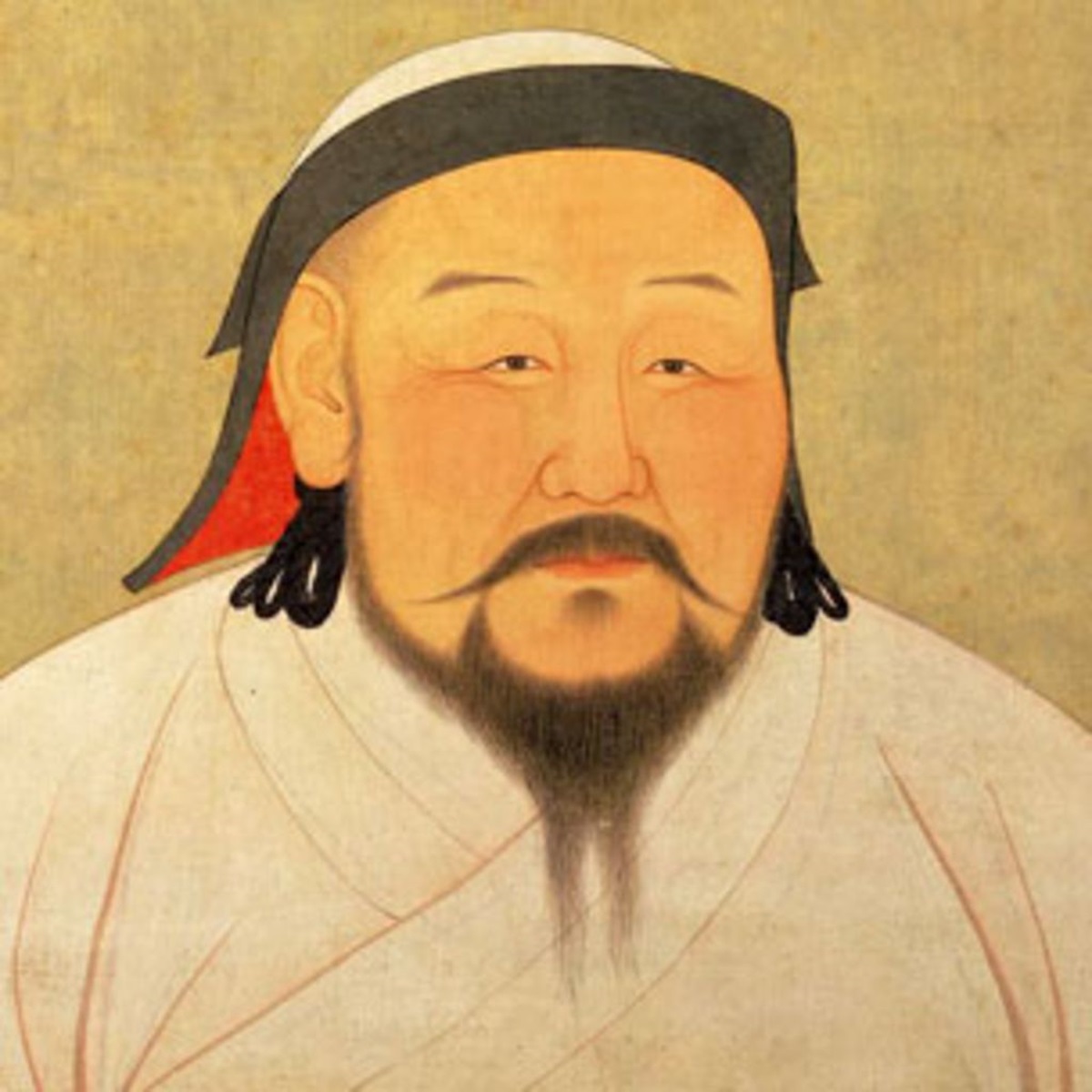
Division of the Empire
While the western part of the empire was ruled by other relatives, it eventually split into several smaller empires, each led by one of Genghis Khan’s descendants. The Mongol Empire was no longer a single unified entity.
Mongol Influence on the World
The Mongols kept on conquering new places, but they did something cool too. They liked to learn about the cultures and traditions of the folks they ruled over.
They were big fans of trade, especially along this famous route called the Silk Road, which linked the East and West. This helped stuff like goods, ideas, and cool technologies move around.
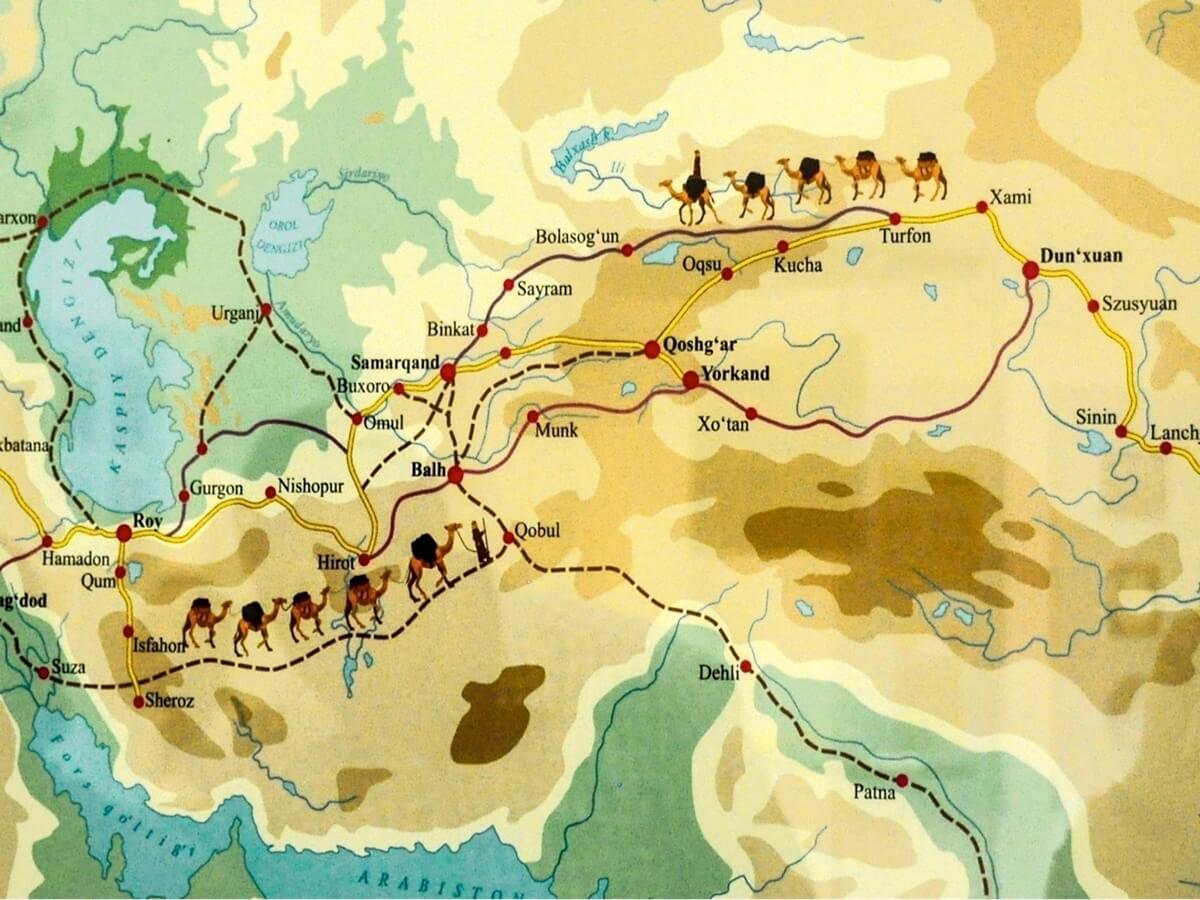
Marco Polo’s Journey
During this time, the famous Venetian explorer Marco Polo traveled to the Mongol Empire, serving as an ambassador for Kublai Khan.
What Marco Polo did on his journey and the stuff he wrote down turned out to be super helpful. People in Europe got to learn a lot about the Mongol world thanks to him.
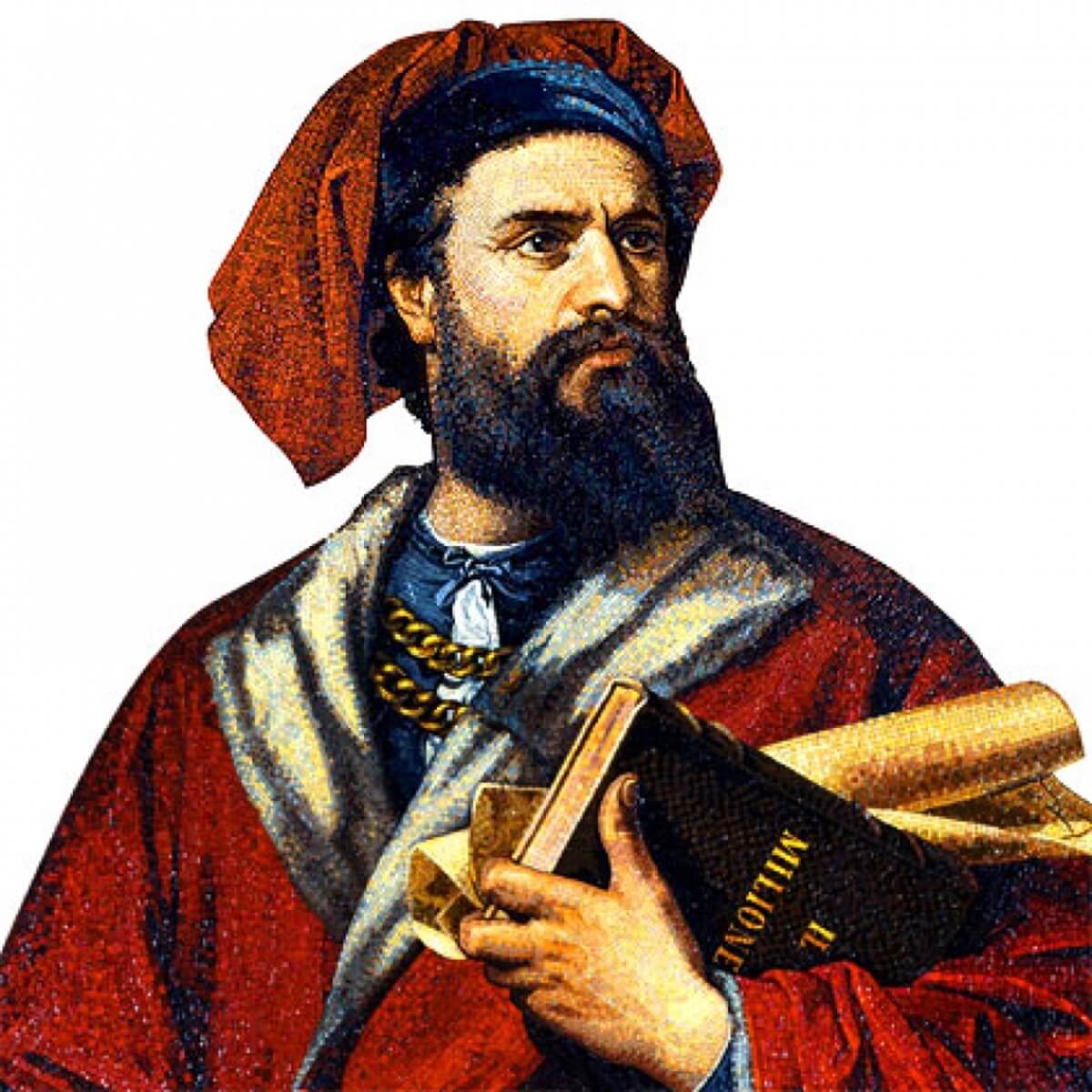
The Pax Mongolica
Even after Genghis Khan was gone, the Mongol Empire kept making a big splash in world history.
They had a time called the Pax Mongolica, where things were relatively calm and stable across a lot of Eurasia. This was a sweet time for sharing culture and trading stuff.
Decline of the Mongol Empire
However, over time, the Mongol Empire began to decline. But, you know, not everything was smooth sailing.
There were some invasions, political fights, and nasty things like the Black Death that made it tough for the Mongols to keep a grip on different places.
By the late 14th century, the once-mighty empire had fragmented, and many of its successor states became independent nations.
Fragmentation and Legacy
One of those follow-up empires everyone knows about is the Golden Horde. They had their hands on parts of Eastern Europe and Russia. Another, the Ilkhanate, governed parts of the Middle East and Central Asia.
Genghis Khan’s legacy just wouldn’t quit – it kept on shaping the areas he’d taken over. Some areas adopted Mongol customs and traditions, while others returned to their own cultures.
In summary
After the death of Genghis Khan, the Mongol Empire evolved and eventually divided into smaller empires.
The legacy of the Mongols, with their impact on trade, culture, and history, continued to be felt across Eurasia for centuries.
Genghis Khan’s death marked the end of one chapter in Mongol history but left a lasting imprint on the world.


